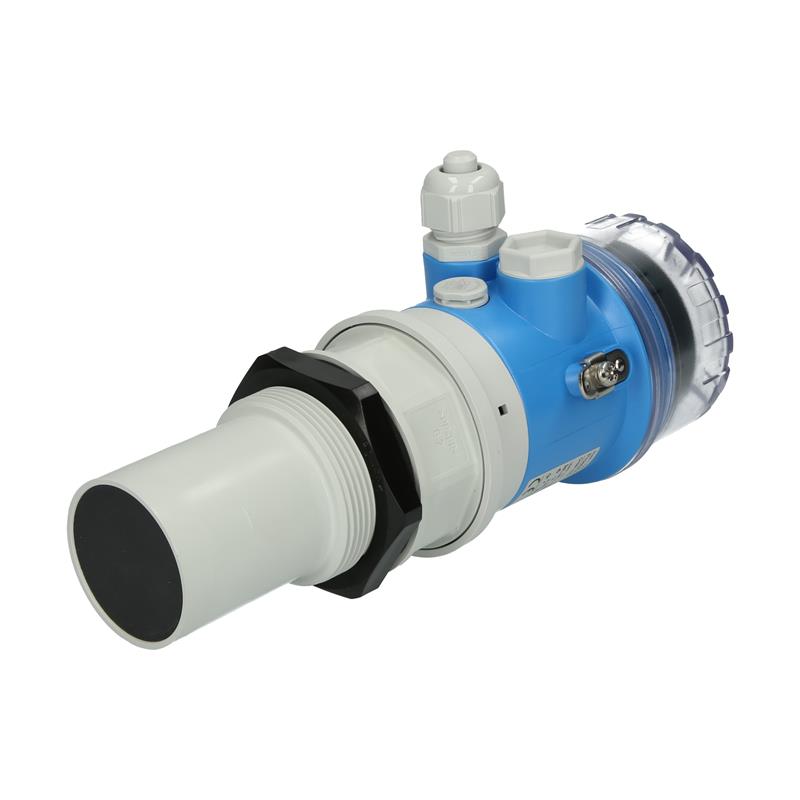Ultrasonic Level Sensor
Ultrasonic sensors use sound waves to measure the distance between the sensor and the material surface. They emit high-frequency sound waves and measure the time it takes for the sound waves to bounce back after hitting the material surface. Ultrasonic sensors are non-contact and can be used for both solid and liquid materials.
Ultrasonic Level Sensors operate based on the principle of measuring the time it takes for an ultrasonic pulse to travel from the sensor to the material surface and back. The sensor emits high-frequency sound waves (typically ultrasonic waves) towards the material surface, and the reflected waves are detected by the sensor. By calculating the time taken for the waves to travel, the sensor can determine the distance between the sensor and the material surface, which corresponds to the level of the material.
Ultrasonic Level Sensors are suitable for measuring the level of both solid and liquid materials in various storage vessels, including silos, tanks, and bins. They are commonly used in the milling industry for monitoring grain levels, flour, and other powdered or granular substances.
These sensors offer advantages such as non-contact measurement, ease of installation, and versatility in different applications. They can provide continuous level monitoring and are capable of measuring levels over large distances. Ultrasonic sensors are not affected by the properties of the material being measured, such as density, dielectric constant, or color.
Some ultrasonic level sensors also offer advanced features like temperature compensation, self-cleaning capabilities, and the ability to measure multiple points or detect obstacles within the vessel.
It’s important to consider factors such as the material’s acoustic properties, vessel design, presence of obstructions or foam, and temperature variations when selecting and installing Ultrasonic Level Sensors. Additionally, proper mounting, calibration, and periodic maintenance are necessary to ensure accurate and reliable level measurement.
